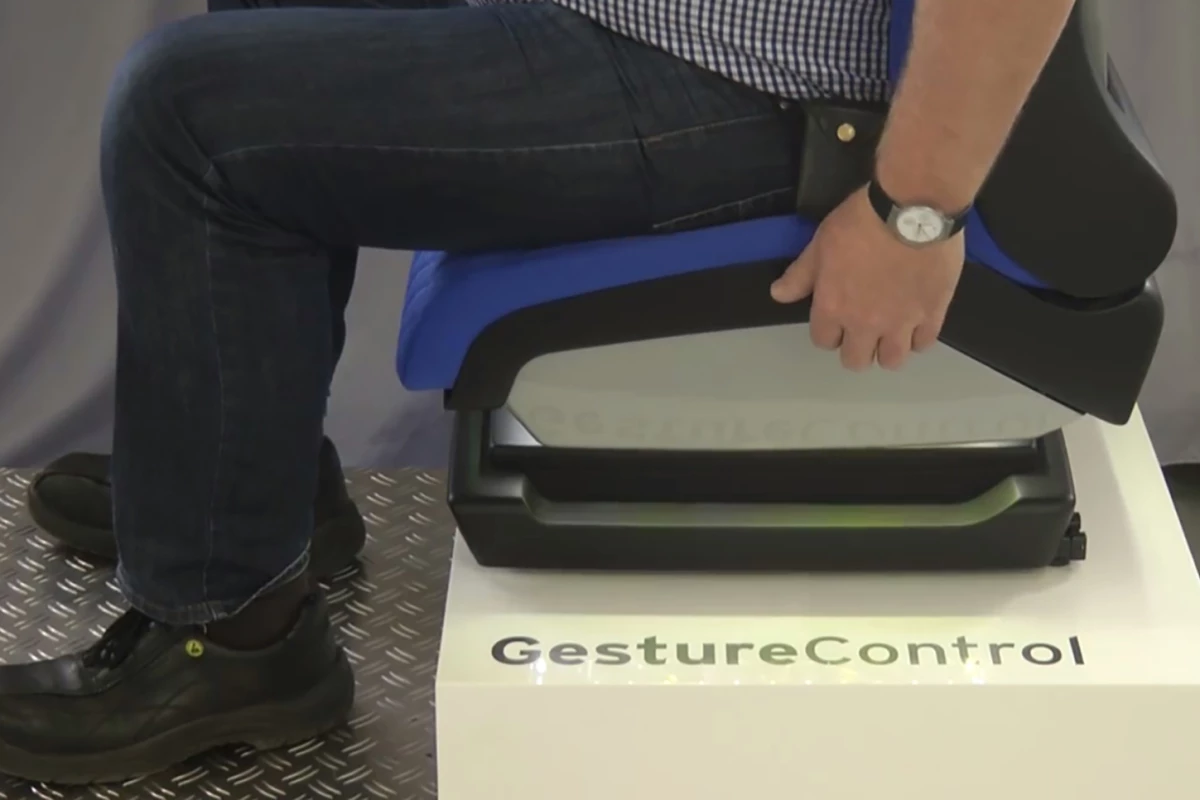Tired of trying to remember what knobs move your car seat in which direction? Well, in the not-too-distant future, you may not have to. That's because scientists from Germany's Fraunhofer Institute for Silicate Research and Isringhausen GmbH have developed a seat that's moved using simple intuitive gestures.
The interface is located in a panel along one side of the prototype seat.
Drivers start by pressing down on a specific spot of that panel's synthetic covering, beneath which is located a piezoelectric sensor. This powers the system up, and prevents it from accidentally reading random hand gestures as commands. Additionally, pressing that spot repeatedly lets users access previously-stored seat settings, for situations in which more than one driver is using the same vehicle.
Once the system is turned on, proximity sensors then detect changes in the surrounding electrical fields, as caused by movements of the driver's hand. By simply brushing their fingers across the seat covering in different directions, users can indicate that they wish to move the seat forward or backward, up or down, or they can adjust the inclination of the thigh support or backrest. Motors in the seat then move it accordingly.
It's not unlike using a touchscreen, and the interface shuts itself off once the driver moves their hand away. An LED on the dash lets them know that their commands have been received and executed.
Fraunhofer and Isringhausen plan on commercializing the technology for use in mid- and high-end cars, and will officially unveil it at the International Motor Show in Frankfurt next month.
Source: Fraunhofer




